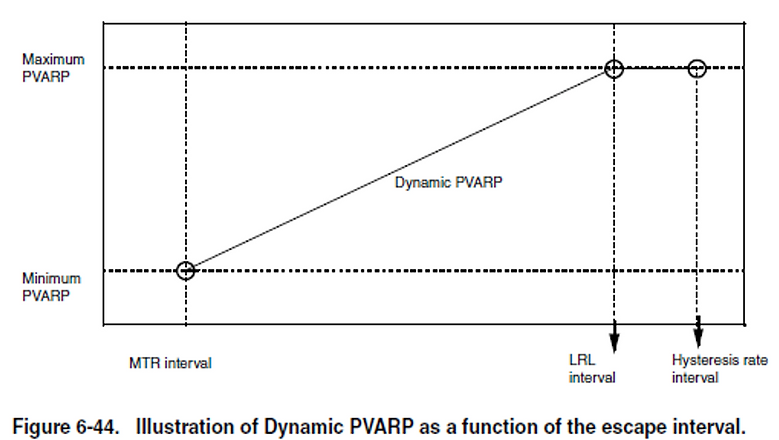Boston Scientific
Blended sensors
Minute ventilation
Accelerometer
RR - minute ventilation
MV is the volume of gas inhaled or exhaled per minute.
•Normal MV range ~ 5-8 L
•MV decreases with rest
•and increases with exercise
Pulse generator uses transthoracic
impedance to measure minute ventilation
Based on the devices MV measurement,
the sensor indicated rate is determined.

To measure respiratory changes in impedance, a current (I) is driven between the MV vector (RA ring-can (A) or RV ring-can (V)), ~every 50ms & the voltage (V) is measured
•During inspiration: transthoracic impedance is high
•During expiration: transthoracic impedance is low

RR - accelerometer
Response Factor
•Determines the pacing rate that will occur above the lower rate at various levels of patient activity.

Activity Threshold
•Determines when the pacemaker will increase the paced rate above the lower rate.
•A lower activity threshold setting will be easily exceeded by a minimum of motion, while a higher setting will require a greater amount of motion to result in an increased pacing rate.

RR - programming
Accessed from brady parameters; rate adaptive pacing
•Accelerometer: on, off, passive
•Response Factor: passive, 1-16 (8)
•Activity threshold: very-low, low, medium-low, medium, medium-high, high, very-high
•Minute Ventilation: on, off, passive
•Response Factor: passive, 1-16 (8)
•Fitness level: sedentary, active, athletic endurance sports



RR - dynamic AV delay
Accessed from brady parameters; AV delay
•Maximum AV Delay: 30-400 ms (10 ms increments)
•Minimum AV Delay: 30-400 ms (10 ms increments) Sensed AV Offset: off, -100 to -10 ms (10-sec increments) (-30 sec)




RR - dynamic PVARP
Accessed from brady parameters; Refractory
•Maximum PVARP: 160-500 ms (10ms increments) (250 ms)
•Minimum PVARP: 150-490 ms (10ms increments) (240 ms)







